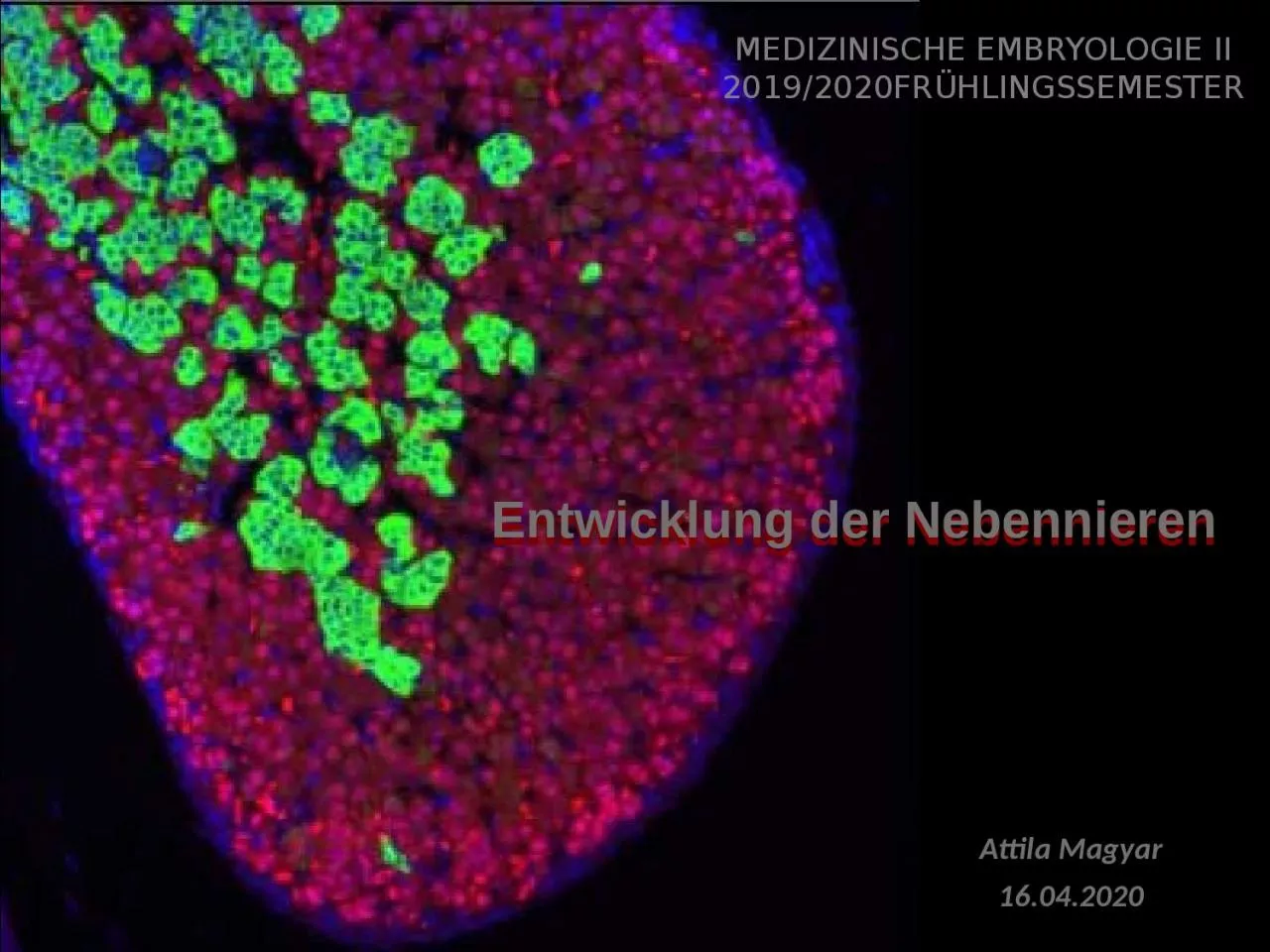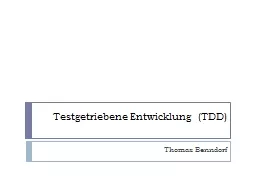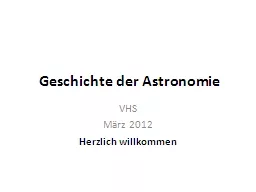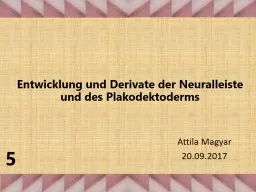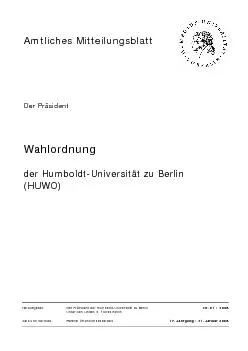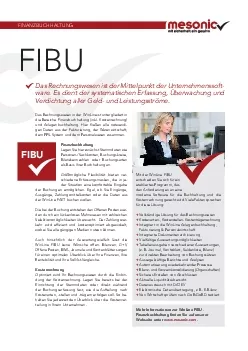PPT- Entwicklung der Nebennieren
Author : sadie | Published Date : 2022-06-28
Attila Magyar 16042020 Medizinische Embryologie II 20192020Frühlingssemester The adrenals develops from the urogenital ridge on the medial and cranial
Presentation Embed Code
Download Presentation
Download Presentation The PPT/PDF document " Entwicklung der Nebennieren" is the property of its rightful owner. Permission is granted to download and print the materials on this website for personal, non-commercial use only, and to display it on your personal computer provided you do not modify the materials and that you retain all copyright notices contained in the materials. By downloading content from our website, you accept the terms of this agreement.
Entwicklung der Nebennieren: Transcript
Download Rules Of Document
" Entwicklung der Nebennieren"The content belongs to its owner. You may download and print it for personal use, without modification, and keep all copyright notices. By downloading, you agree to these terms.
Related Documents

